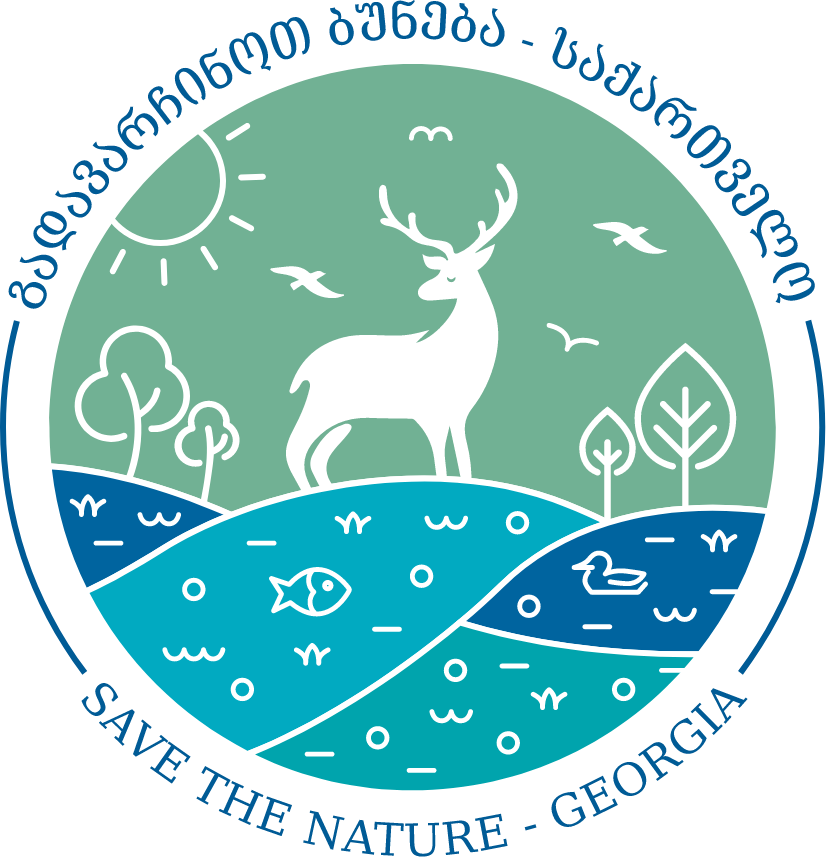Eurasian beaver
არ არის შეტანილი წითელ ნუსხაში
Eurasian Beaver (Castor fiber)
International Status: LC (Least Concern)
National Status: RE (Regionally Extinct)
The beaver family is currently represented by only two species on Earth: the Eurasian beaver and the North American beaver. By the 16th century, the Eurasian beaver had become nearly extinct in much of Europe and Asia, with an estimated population of only 300-400 individuals. Overhunting for their meat and fur, coupled with the extensive drainage of wetlands for agriculture, led to this decline. However, thanks to conservation efforts and hunting regulations, beaver populations began to recover in the 1900s.
Beavers are the second-largest rodents after capybaras, weighing around 20 kg and measuring 80-100 cm in body length. They are social animals, living in family groups consisting of a breeding pair and their offspring. Breeding occurs from late December to February, with females giving birth to 1-4 kits in the spring.
In Georgia, beavers were once found in the Colchis Lowlands, along the banks of rivers such as the Rioni, Natanebi, Supsa, Kvirila, and Aragvi. Habitat analysis has shown that suitable habitats for beavers still exist in Georgia. Beavers prefer still or slow-moving bodies of water and, if necessary, build dams to reduce water flow. They are herbivores, feeding primarily on the leaves, bark, twigs, and aquatic plants of broad-leaved trees.
The reintroduction of beavers to Georgia's wild could have numerous positive environmental impacts. The ponds they create can help to raise local groundwater levels, improve water quality, and promote more even water distribution. These artificial wetlands often lead to increased biodiversity.
